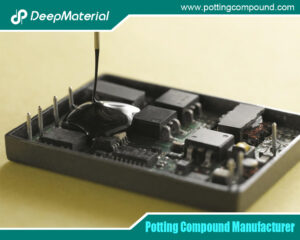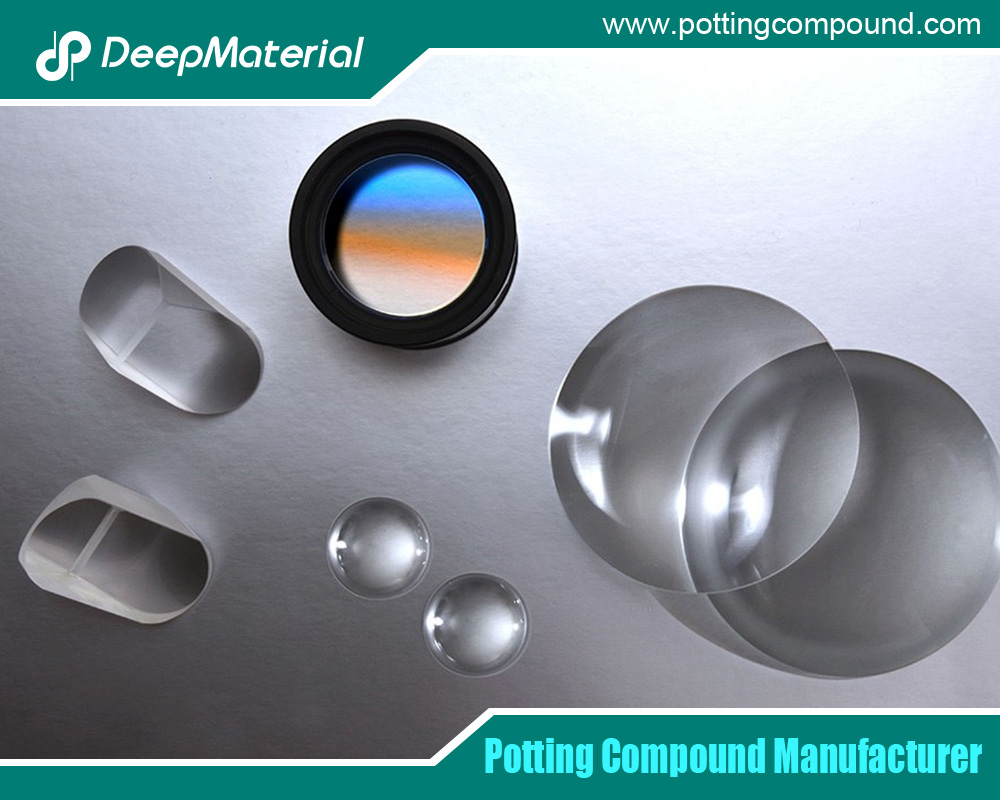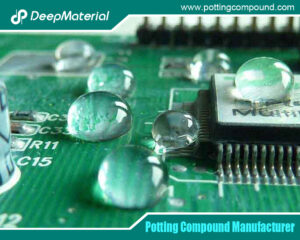
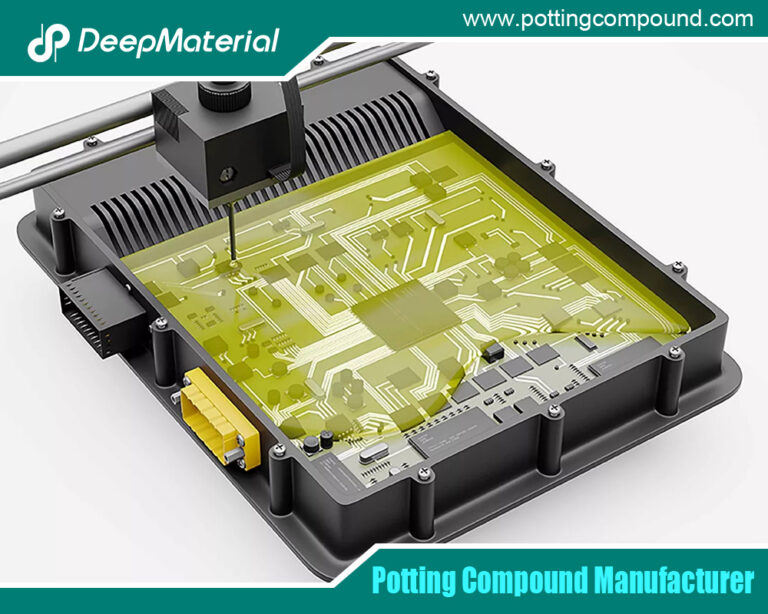
Ultimate Guide to Circuit Board Potting Compounds: Protecting Your Electronics for Peak Performance
- Electronic Potting Material Manufacturer
- September 4, 2024
- circuit board potting compound, circuit board potting compounds, Connector Potting Compound, deepmaterial potting compound, electrical potting compound, Electronic Encapsulant Potting Compound, Electronic Epoxy Encapsulant Potting Compound, electronic epoxy encapsulant potting compounds, Electronic Epoxy Potting Compound, electronic potting compound, Electronic Potting Compounds Manufacturer, Encapsulant Potting Compound, Encapsulants and Potting Compounds Suppliers, Epoxy Encapsulant Potting Compound, epoxy potting compound, epoxy potting compound manufacturers, Flexible Potting Compound, potting compound, uv conformal coating, uv conformal coating manufacturer, UV Cure Conformal Coating, UV Cure Potting Compound, uv epoxy electronic adhesive glue, uv potting compound, uv silicone adhesive glue
Ultimate Guide to Circuit Board Potting Compounds: Protecting Your Electronics for Peak Performance
Circuit boards are the backbone of all electronic devices, from simple household gadgets to complex industrial machinery. They house and connect all the components necessary for the operation of these devices. Given their critical role, it is essential to ensure that circuit boards are well-protected from environmental factors such as moisture, dust, chemicals, and mechanical stress. This is where potting compounds come into play. Circuit board potting compounds encapsulate and protect electronic assemblies from the hazards above, ensuring their longevity and reliability.
In this article, we will explore circuit board potting compounds, exploring their types, applications, benefits, and considerations for choosing the suitable compound for your specific needs.
Types of Circuit Board Potting Compounds
Potting compounds come in various formulations, each with distinct properties suited for different applications. The most common types include:
Epoxy Potting Compounds
Epoxy resins are among the most widely used potting compounds due to their excellent mechanical strength, chemical resistance, and adhesion properties. They provide a durable protective layer that shields circuit boards from harsh environmental conditions. Epoxy potting compounds are ideal for applications where high levels of mechanical stress or exposure to chemicals are expected.
Advantages:
- High mechanical strength
- Excellent chemical resistance
- Strong adhesion to various substrates
- Good thermal resistance
Disadvantages:
- Longer curing time
- Potential for brittleness under extreme conditions
- It can be challenging to rework or remove
Silicone Potting Compounds
Silicone potting compounds are known for their flexibility and superior thermal stability. They are instrumental in applications where temperature fluctuations are a concern, as they can withstand a wide temperature range without degrading. Silicone compounds also offer excellent electrical insulation and water resistance.
Advantages:
- High flexibility
- Excellent thermal stability
- Good electrical insulation
- Resistant to moisture and chemicals
Disadvantages:
- Lower mechanical strength compared to epoxy
- Higher cost
- Longer curing time
Polyurethane Potting Compounds
Polyurethane potting compounds strike a balance between flexibility and toughness. They are commonly used in applications requiring mechanical protection and vibration dampening. Polyurethane compounds also offer good chemical resistance and are relatively easy to work with.
Advantages:
- Good balance of flexibility and toughness
- Effective vibration dampening
- Good chemical resistance
- Faster curing time compared to epoxy and silicone
Disadvantages:
- Lower thermal stability
- Can yellow or degrade over time when exposed to UV light
- It may have lower adhesion compared to epoxy
Acrylic Potting Compounds
Acrylic potting compounds are known for their fast curing times and ease of use. They provide reasonable protection against moisture and chemicals, making them suitable for various applications. However, they may not offer the same level of mechanical strength as epoxy or polyurethane compounds.
Advantages:
- Fast curing time
- Easy to apply and rework
- Good moisture and chemical resistance
Disadvantages:
- Lower mechanical strength
- Limited thermal stability
- It may require additional UV protection
Applications of Circuit Board Potting Compounds
Circuit board potting compounds are used across various industries to protect electronic assemblies from environmental factors that could compromise their performance or longevity. Here are some typical applications:
Automotive Electronics
In the automotive industry, electronic components are exposed to extreme temperatures, vibrations, and potential exposure to chemicals like oil and coolant. Potting compounds provide the necessary protection to ensure these components function reliably, even under harsh conditions. Epoxy and polyurethane compounds are often used for their durability and resistance to mechanical stress.
Aerospace and Defense
Aerospace and defense applications demand high-performance electronics that withstand extreme environments, including high altitudes, temperature extremes, and mechanical shock. Silicone potting compounds are commonly used in these applications due to their excellent thermal stability and flexibility, which are crucial for maintaining the integrity of electronic assemblies in challenging conditions.
Industrial Equipment
Industrial equipment often operates in high dust, moisture, and chemical exposure environments. Potting compounds protect circuit boards from these harsh conditions, ensuring the machinery’s continued operation and reducing the risk of downtime. Epoxy and polyurethane compounds are favored in industrial settings for their robustness and chemical resistance.
Consumer Electronics
Potting compounds are used in consumer electronics to protect circuit boards from moisture, dust, and accidental damage. These compounds help prolong the lifespan of smartphones, tablets, and wearable technology devices. Acrylic and polyurethane compounds are often used in consumer electronics due to their easy application and fast curing times.
Medical Devices
Medical devices require reliable and long-lasting electronic components to ensure patient safety and device effectiveness. Potting compounds protect against moisture, sterilization processes, and chemical exposure, making them essential in medicine. Silicone potting compounds are commonly used in medical devices for their biocompatibility and flexibility.
Benefits of Using Circuit Board Potting Compounds
The use of potting compounds in circuit board protection offers several key benefits, including:
Environmental Protection
Potting compounds create a barrier that protects circuit boards from environmental factors such as moisture, dust, and chemicals. This protection is crucial for ensuring the reliability and longevity of electronic assemblies, especially in harsh environments.
Thermal Management
Some potting compounds, particularly silicone and certain types of epoxy, have good thermal conductivity, which helps dissipate heat away from sensitive components. This thermal management is essential for preventing overheating and ensuring the stable operation of electronic devices.
Mechanical Protection
Potting compounds provide mechanical protection by encasing circuit boards in a durable material that can withstand physical shocks, vibrations, and mechanical stress. This protection is critical in automotive, aerospace, and industrial applications where electronics are subjected to harsh conditions.
Electrical Insulation
Potting compounds offer excellent electrical insulation, preventing short circuits and electrical failures caused by moisture or contaminants. This insulation is vital for maintaining electronic assemblies’ safe and reliable operation.
Vibration Dampening
In applications where electronic components are exposed to vibrations, such as in automotive or industrial settings, potting compounds help absorb and dampen these vibrations, reducing the risk of component failure.
Chemical Resistance
Potting compounds, particularly epoxy and polyurethane, resist chemicals that could otherwise corrode or damage circuit boards. This chemical resistance is crucial in environments where exposure to oils, solvents, or other chemicals is likely.
Considerations for Choosing the Right Potting Compound
Selecting the appropriate potting compound for a circuit board application requires careful consideration of several factors:
Application Environment
The environment in which the circuit board will operate is a critical factor in choosing a potting compound. When selecting a compound, consider the temperature range, exposure to moisture, chemicals, and mechanical stress. For example, silicone compounds are ideal for high-temperature environments, while polyurethane compounds are better suited for applications with significant vibration.
Curing Time
The curing time of the potting compound is an important consideration, especially in high-volume manufacturing environments where fast production times are essential. Acrylic and polyurethane compounds typically offer speedier curing times, while epoxy and silicone compounds may require extended curing periods.
Thermal Conductivity
Choosing a potting compound with good thermal conductivity is crucial for applications where heat dissipation is a concern. Silicone and thermally conductive epoxy compounds are often used in such applications to ensure efficient heat management.
Mechanical Strength
The mechanical strength of the potting compound is essential in applications where the circuit board will be subjected to physical stress or impact. Epoxy compounds are known for their high mechanical strength, making them suitable for rugged environments.
Reworkability
In some cases, reworking or repairing a potted circuit board may be necessary. When selecting a potting compound, consider the ease of rework. Acrylic compounds are generally easier to rework, while epoxy compounds may require more effort to remove.
Cost
The cost of the potting compound is another crucial consideration, especially for large-scale manufacturing. While silicone compounds offer superior performance in many areas, they are often more expensive than epoxy or polyurethane compounds. Balancing cost with performance requirements is essential in making the right choice.
Conclusion
Circuit board potting compounds protect electronic assemblies from environmental factors that could compromise their performance and longevity. Various compounds are available, including epoxy, silicone, polyurethane, and acrylic, each offering distinct advantages and disadvantages. Selecting the suitable potting compound requires careful consideration of the application environment, curing time, thermal conductivity, mechanical strength, reworkability, and cost.
By understanding your application’s specific needs and choosing the appropriate potting compound, you can ensure that your circuit boards are well-protected and capable of delivering reliable performance over their intended lifespan. Whether in automotive, aerospace, industrial, consumer electronics, or medical devices, the right potting compound can make all the difference in maintaining the integrity and functionality of your electronic assemblies.
For more about choosing the top ultimate guide to circuit board potting compounds: protecting your electronics for peak performance, you can pay a visit to DeepMaterial at https://www.pottingcompound.com/ for more info.
Recent Posts
- Electronic Encapsulation Technology to Enhance the Durability of Automotive Electronics
- The Unsung Guardian: Why Silicone Potting Compound is Widely Used in the Electronics Industry
- The Development Trend and Future Prospects of Electrical Potting Compound in the Glue Industry
- The Conformal Coating for PCB Market Has Entered an Explosive Period: Key Drivers and Reports Detailed
- How Does Epoxy Encapsulated LED Work?
- Which Glues Are Suitable for Encapsulation of Electronic Products?
- What Are the Design Standards for the Glass Transition Temperature (Tg) and Tensile Modulus of Automotive Electronic Encapsulants Adhesives?
- Usage Methods of LED Potting Compounds: From Mixing to Curing – A Complete Step-by-Step Guide
- The Characteristics of Thermal Conductivity, Waterproofness and Shock Resistance of LED Potting Compounds
- Revealing the Wide Range of Application Scenarios of LED Potting Compounds
Tags
Related Posts

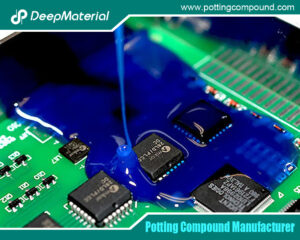
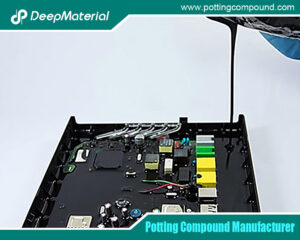
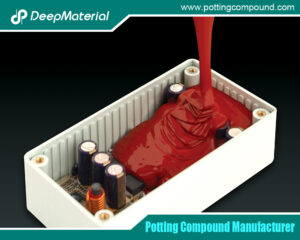
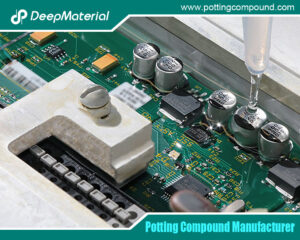
How Does Epoxy Encapsulated LED Work?
